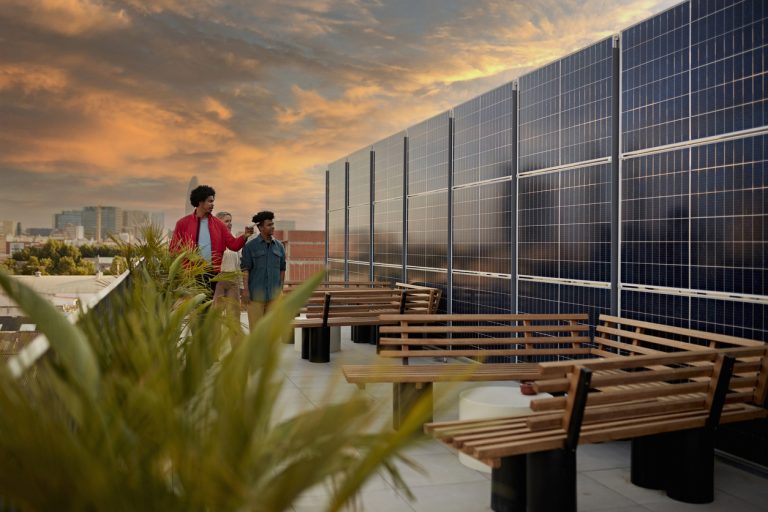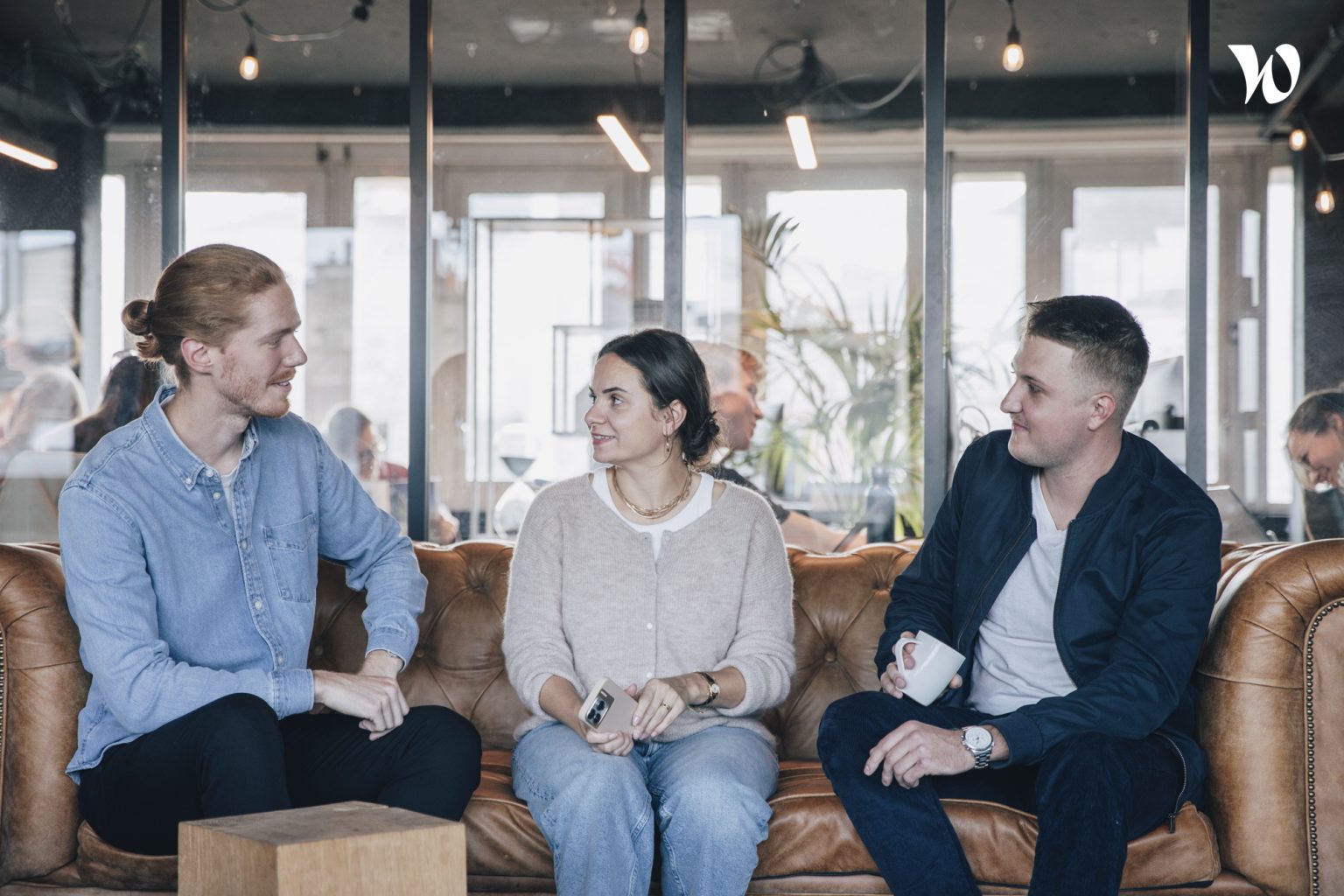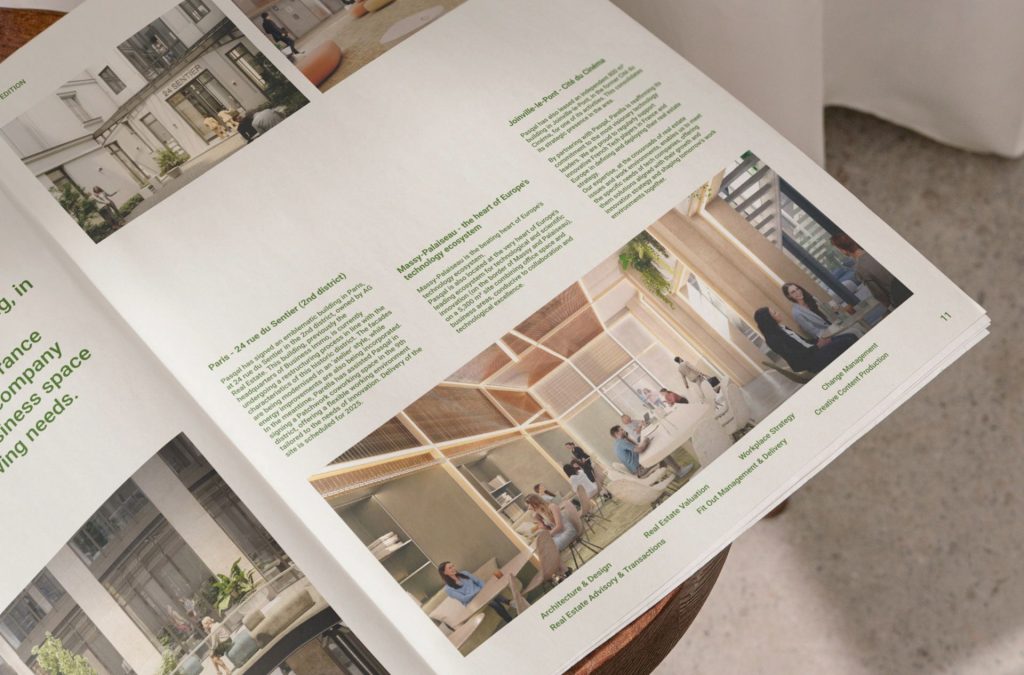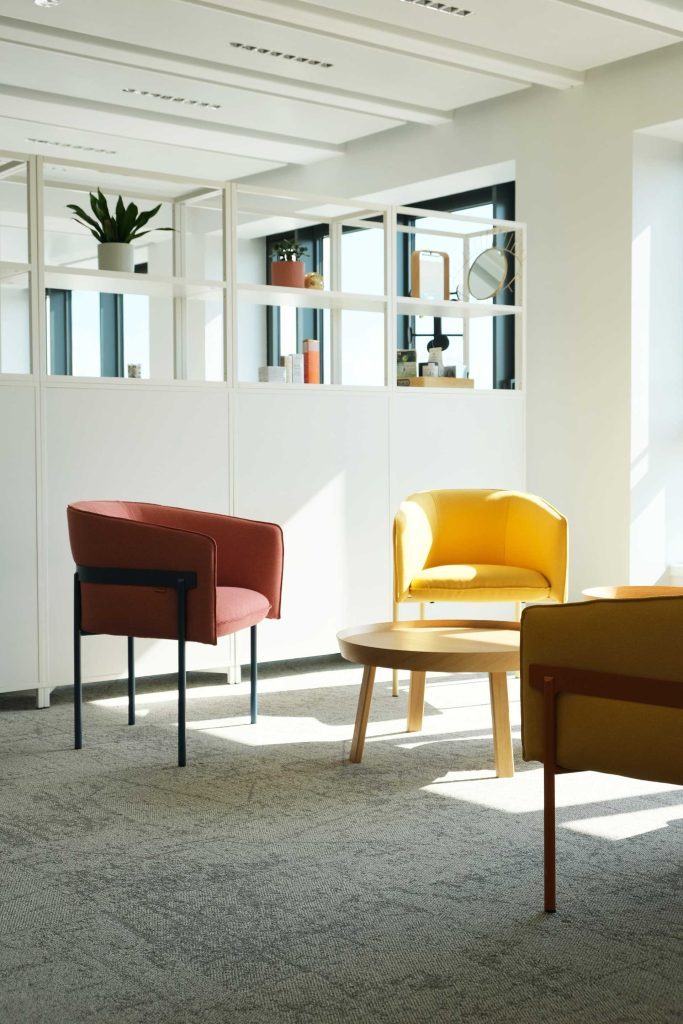Active Design
Environment, health or pleasure : how does active design engage employees?
- May 6, 2024
In the run-up to the Olympic Games, some of our customers are wondering about the benefits of Active Design in their workspaces, a method that encourages people to act naturally.
While this practice has been commonplace on our streets for some years now, as a way of combating sedentary lifestyles, it is now taking root on the premises of some companies.
Can it, beyond mobility, move the lines and instill new, more virtuous practices?
For the environment, health or just for fun, how can premises help to carry the environmental commitments, QWL or values of organizations, while taking care of their employees?
Eric Vermande, Image and Style Director and Diane Mendes, People & Transformation Manager, took an interest in the subject.
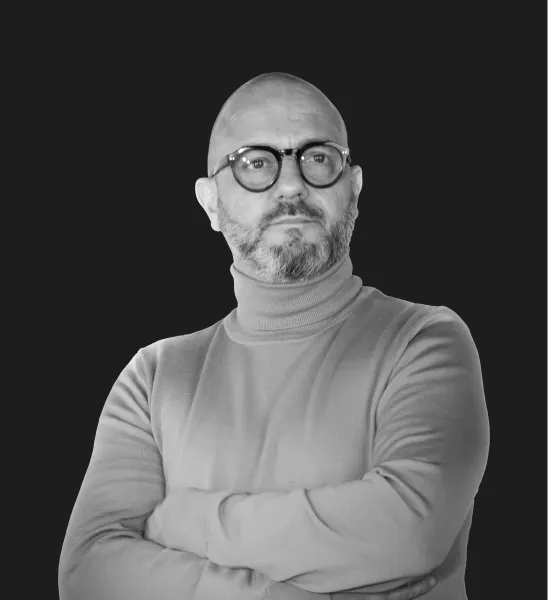
Éric Vermande
Image & Style Director
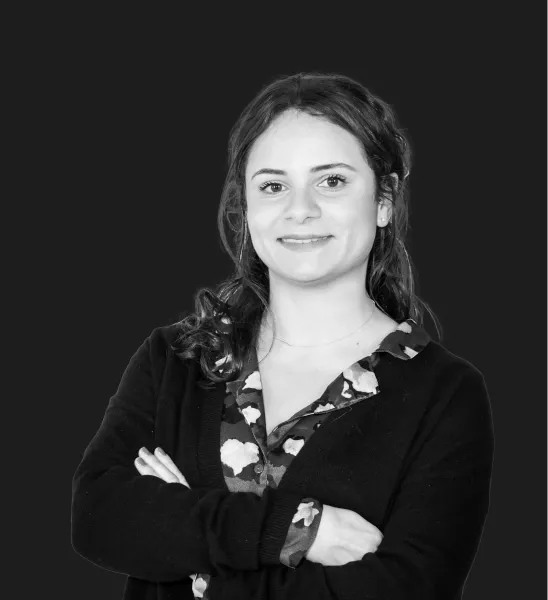
Diane Mendes
People & Transformation Manager
Active Design, the path to new uses (at full speed)
Who hasn't preferred to climb the stairs in the metro rather than take the escalator, seduced by a playful, colorful or interactive challenge? These messages of calories burned, rewarding or educational, even if they make us smile, urge us to act.
Active Design will be able to accompany companies' key messages on a day-to-day basis. It can help all organizations in their practices. CSR implementation, for example. Active Design can help in this direction.
Beyond this, we can imagine pathways contributing to well-being (QCVT), instilling values (employer branding), or new ways of working (flex-office). Active Design is really about the natural adoption of practices whatever they may be.
To combat sedentary lifestyles, Active Design has mainly developed around solutions encouraging sport. However, although athletics tracks are appearing in corridors, their role is to create routes, designed to activate employees in a natural way.
However, the aim is not to get them to run around in suits and arrive at meetings with wet shirts. Physical activity is one of the levers, but not the only one. Brain activity is just as important.
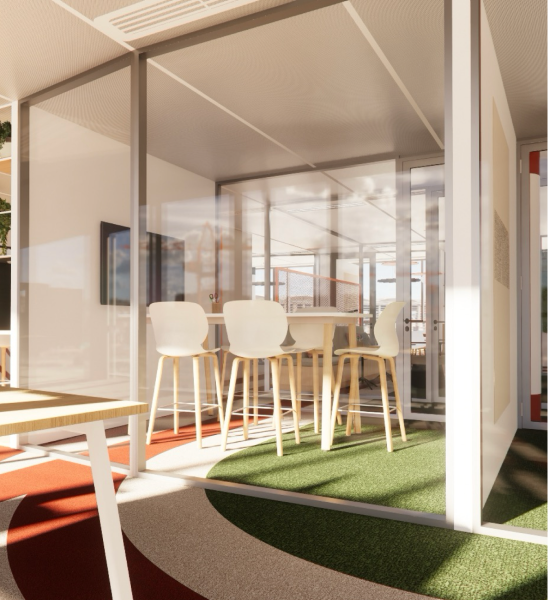
Induce to act, from path to experience, everything has to be created
The notion of a journey is important to create an experience and initiate new habits.
This journey must be self-supporting and desirable.
Every user must be able to use it at any time of day, without explanation.
Everything is done to induce and create an incentive environment that will become part of everyday life. The message is positive, educational, consistent with values and rewarding for those who follow it.
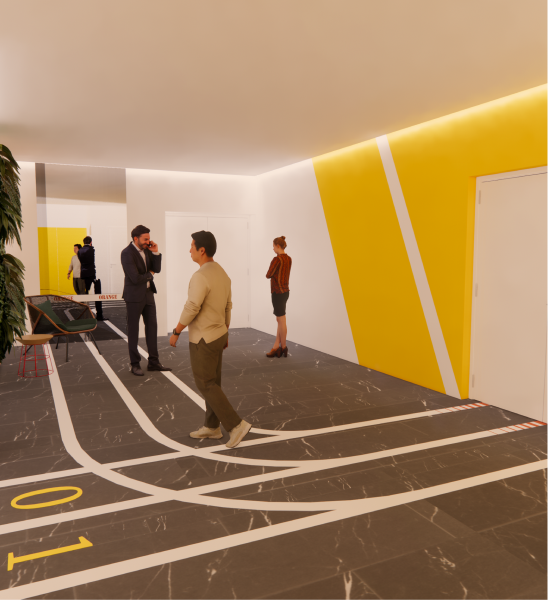
Create a new playground where employees can play together
We start with values and semantics. We move away from calorie counting to play with employees, projecting them into a dynamic.
Graphic design is a real lever : explicit or implicit, it creates flows. Paths with active and directional phases... Beyond physical exertion, the important thing is to encourage contact with as many people as possible.
Posters, signage, frescoes, hijacking of objects, all avenues can be explored: following a blue thread that guides towards activities, for example. Or the misappropriation of objects, where you don't see the same message depending on how you're positioned (sitting, standing), to encourage open-mindedness.
It's also important to work on branding to create a sense of belonging.
While the use of color helps to create a desire for discovery, the ideal is to create itineraries that integrate naturally into the space.
Induce a perennial positioning as well as a more ephemeral perception of events.

Steps to long-term commitment
A habit is created after 21 days. In addition, studies carried out by cities show the importance of thinking in terms of evolutionary paths, to avoid abandoning the practice once the discovery phase is over.
- Step 1: Understanding the objectives and challenges. The first step is to identify the objectives. You don't do active design for active design's sake. Are we creating one or more pathways? Are we going to act on CSR, values, QWL?
- Step 2: Analysis of uses and employee needs. We need to adapt to the audience and the corporate culture in order to raise awareness as effectively as possible.
This requires an understanding of what affects them. In the same way as for an employee journey, we're going to look at habits. As experts in space planning, the Parella Group teams analyze the sequencing of the day, needs and movements. This enables us to create active, directional phases. It's important to think things through carefully, to avoid over-solicitation, which would be counter-productive.
But also perhaps to identify those uses which could be diverted, and to give meaning to them, by involving employees in dynamic, unifying and playful workshops.
- Step 3: Phase of use and evolution. Experimentation could be a first step to understanding the maturity peak and seeing how employees react.
Depending on the challenges and needs detected, managerial support will enable employees to allow themselves more playful moments. The course can also be punctuated with activities (sports coaching, for example).
It is also possible to bring the courses to life in line with important events for the company.
We can also imagine a change of color for Breast Cancer Week. Or a launch with the Olympic Games.
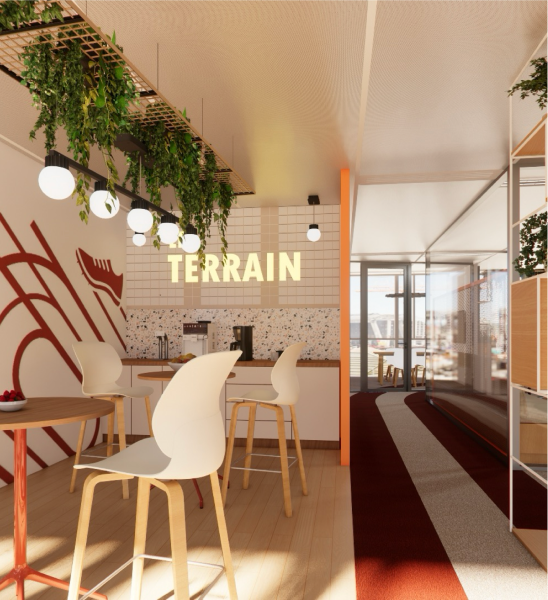
Scalable for lasting change
It must be easy and inexpensive to set up and take down courses, so as to be able to offer new experiences that adapt to the different maturity levels of users.
Relying on change management specialists enables us to create evolving courses that anchor change in the corporate world over the long term.
You may also like...


